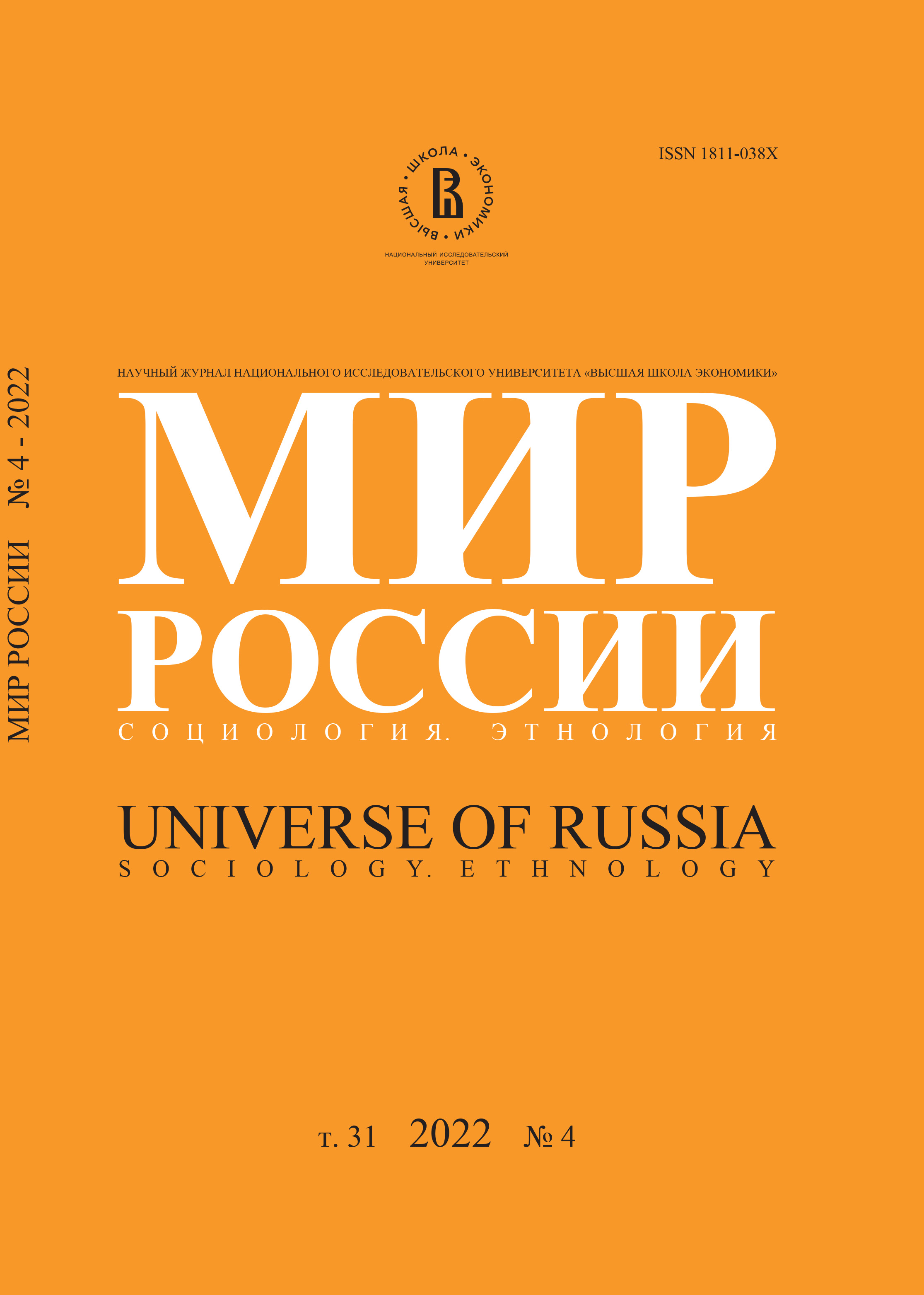Защищающиеся. Оборонительные функции сообществ в городских конфликтах (на материалах г. Новосибирска)
Аннотация
С ускорением развития крупных городов усиливается сопротивление жителей изменениям, воспринимаемым ими как угроза идентичности и качеству жизни. Оно осуществляется в широком диапазоне стратегий – от пассивных (закрытие территории и сообщества) до активных (конфликт). Неприятие изменений усиливает оборонительные функции действующих сообществ и стимулирует появление оборонительных (защищающихся) сообществ. Статья посвящена поиску теоретических рамок изучения и исследованию их сущности, видов и маркеров как специфических субъектов городских конфликтов. Эмпирическим материалом для анализа послужили 101 кейс городских конфликтов в Новосибирске за последние 10 лет, 40 интервью участников и экспертов, контент-анализ медиаресурсов и тематических городских и локальных пабликов. Под оборонительным сообществом в статье понимается активная группа жителей, которые объединяются для защиты локального социального, физического пространства или города в целом от изменений, не соответствующих представлениям его членов о желательном текущем состоянии или развитии. Их характерной чертой является превалирование негативных целей (ориентация на избегание нежелательных будущих состояний) над позитивными (достижение осознанно желательных будущих состояний). Основными триггерами городских конфликтов, способствующими актуализации оборонительных функций, становятся проекты в сфере девелопмента, городского хозяйства и благоустройства. Исследование показало, что вероятность возникновения оборонительных сообществ выше в социально и территориально изолированных пространствах с устойчивыми внутрипоколенными связями жителей, экономически благополучным населением, высоким образовательным уровнем и образом «прекрасного прошлого». Будучи сообществами проекта, оборонительные сообщества строятся вокруг достижения конкретной цели, и прекращение их активности по завершении проекта представляется вполне естественным. Однако накопленный совместный опыт, сплоченность ядра сообщества, персональные характеристики лидеров открывают возможности для сохранения устойчивости, а наличие гибкой структуры, ядра и широкой группы поддержки позволяет реагировать новыми конфликтами на вновь возникающие угрозы либо включаться в процессы развития территории, становясь источником гражданской и социальной компетентности горожан.






